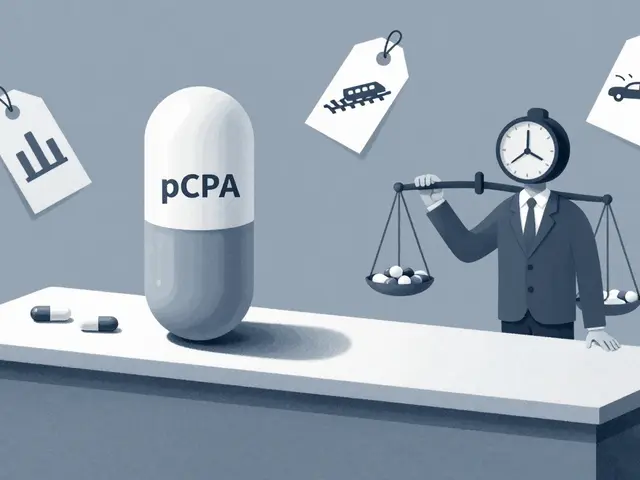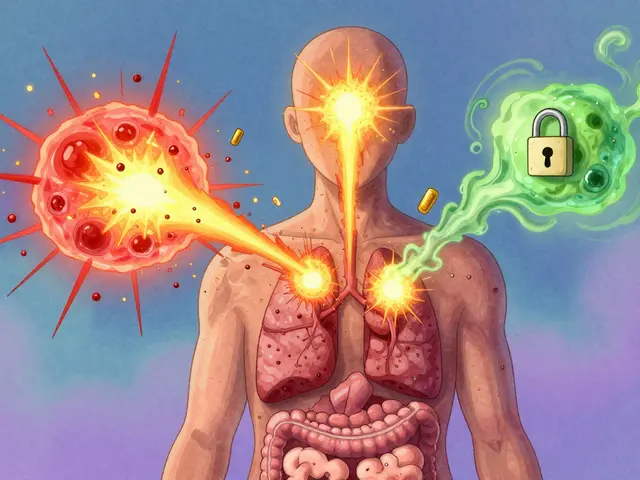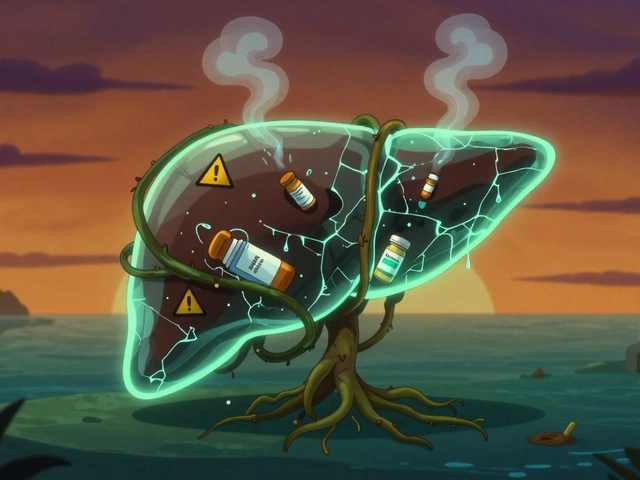Drug Price Reduction: Practical Ways to Lower Your Medication Costs
High drug prices can surprise anyone at the pharmacy counter. This page gathers simple, proven steps you can use today to reduce what you pay for prescription and specialty medicines without risking safety.
Ask your prescriber for a generic or a therapeutic alternative. Generic drugs usually contain the same active ingredient and meet quality standards, but cost much less. If a direct generic isn’t available, ask whether another drug in the same class could achieve similar control for a lower price.
Compare prices across pharmacies before you fill a new script. Local drugstores, supermarket pharmacies, chain retailers, and reputable online pharmacies often have different cash prices. Use a price-comparison website or call three pharmacies and write down their cash prices. For maintenance medications, consider a 90-day supply from a mail-order service — that can cut the per-dose cost and reduce trips to the store.
Quick ways to cut drug costs
Use manufacturer savings and pharmacy coupons. Many brands run patient savings cards that lower copayments for insured patients, and coupons can beat insurance copays for some drugs. Apps and pharmacy websites list available coupons; clip or screenshot them and show them at checkout.
Explore patient assistance and nonprofit programs if you have low income or no coverage. Drug manufacturers, disease foundations, and community organizations offer support or free medication programs for eligible patients. Your clinic’s social worker, case manager, or pharmacist can help you apply and gather required paperwork.
Consider sample packs and switching to therapeutically equivalent options. Sometimes doctors can provide samples or start you on a lower-cost option to test tolerance before committing to a higher-priced drug. If a trial goes well, request a longer supply at the cheaper dose or formulation.
Try pill-splitting only when safe. For some medications, buying a single higher-strength tablet and splitting it reduces cost per dose. Always confirm the drug is scored and approved for splitting, and use a pill cutter for even doses. Never split coated, time-release, or unstable tablets.
Where to look: trusted sources
Check if over-the-counter alternatives or lifestyle changes can delay prescription starts. For mild conditions, OTC treatments, dietary adjustments, or physical therapy might control symptoms and reduce the need for long-term prescriptions. Discuss this approach with your clinician.
Be cautious with online purchases. Legitimate online pharmacies require a prescription and have clear contact and licensing information. Avoid sellers that ship controlled drugs without prescriptions or offer prices that look too good to be true. Counterfeit drugs can be ineffective or harmful.
Track prices and set reminders to re-shop. Drug prices change over time. Once you find savings, set a calendar reminder to compare prices again before a refill. Small routine checks can save significant money over a year.
Start with one medication today: ask your doctor about a generic, search three pharmacy prices, and look for a manufacturer coupon. That single small effort often delivers immediate, real savings.
Need help? Ask your pharmacist for a price check and alternatives — they can often find cheaper, safe options quickly.
GSK Announces Major Price Cuts for Key Drugs Advair, Valtrex, Lamictal in the US
GlaxoSmithKline (GSK) is set to lower the prices of three significant medications in the US by 2024. This decision impacts Advair, Valtrex, and Lamictal, aiming to enhance drug affordability and comply with the American Rescue Plan Act of 2021's regulatory requirements.






